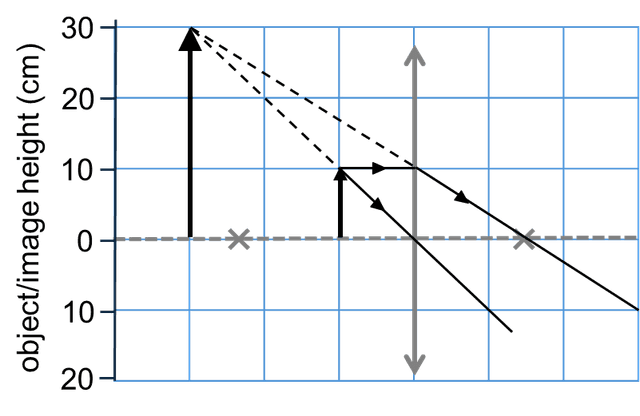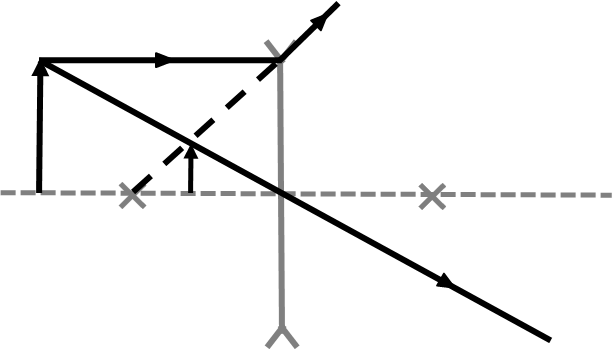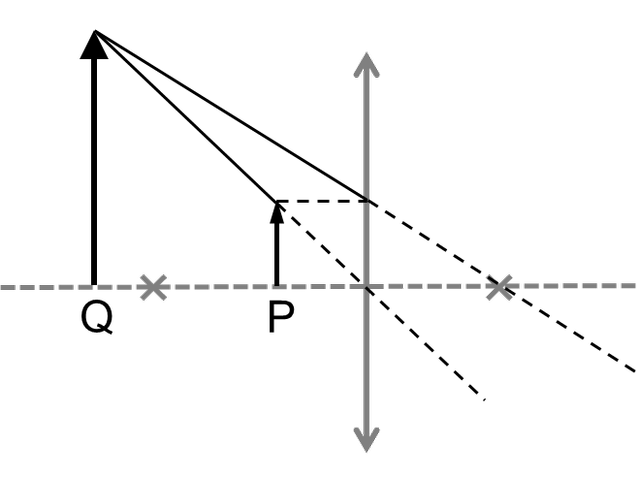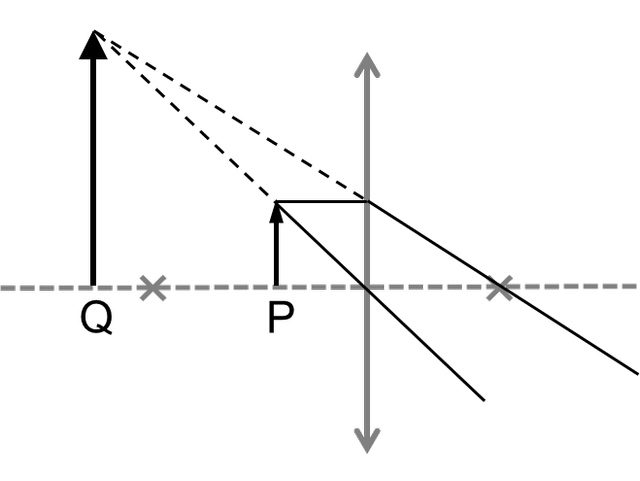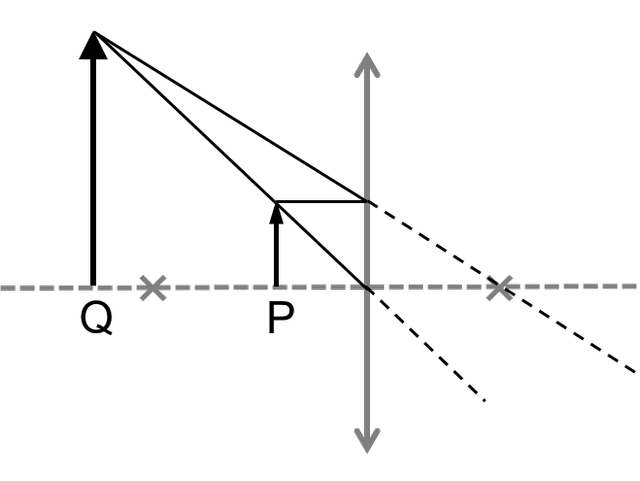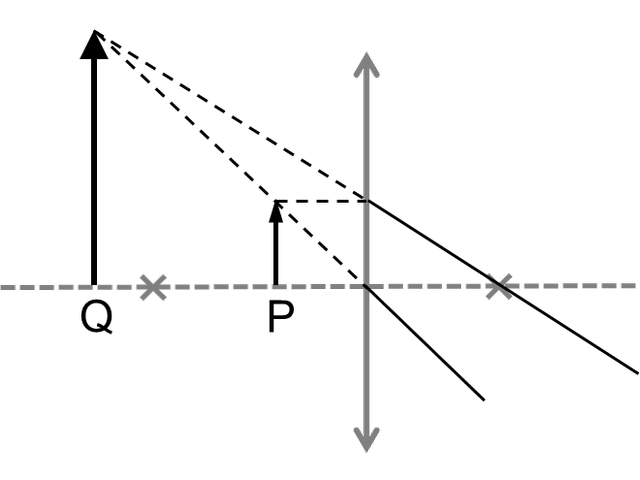Virtual images from convex and concave lenses (including magnification)
I can describe the formation of virtual images by convex and concave lenses and draw ray diagrams to find the position and magnification of the image.
Virtual images from convex and concave lenses (including magnification)
I can describe the formation of virtual images by convex and concave lenses and draw ray diagrams to find the position and magnification of the image.
These resources will be removed by end of Summer Term 2025.
Lesson details
Key learning points
- When rays of light are brought to a focus a real image forms. A real image can be projected onto a screen.
- Virtual images occur at points where rays appear to (but do not actually) originate from. They cannot form on a screen.
- The size and position of a virtual image is found by drawing virtual rays to find where rays appear to originate from.
- Upright virtual images are produced by concave lenses, and objects within a focal length of a convex lens.
- Convex lenses fix long sight by shortening the focus. Concave lenses fix short sight by lengthening the focus.
Keywords
Principal axis - The principal axis is a line through the centre of a lens, 90° to the optical axis of the lens.
Principal focus - The principal focus for a convex lens is the point to which rays parallel to the principal axis are focused. For a concave lens it is the point from which such rays appear to be diverged.
Real image - When rays of light are brought to a focus a real image forms. A real image can be projected onto a screen.
Virtual image - Virtual images occur at points where rays appear to (but do not actually) originate from. They cannot form on a screen.
Virtual ray - Virtual rays are dashed lines drawn to represent where rays of light appear to have come from.
Common misconception
Real images always or only form on screens, or a screen is necessary to observe a real image.
Be clear that real images can form on screens, but can also be observed without a screen. Demonstrate looking through a convex lens (e.g. a magnifying glass) at a diminished, inverted real image of a a distant object.
To help you plan your year 11 physics lesson on: Virtual images from convex and concave lenses (including magnification), download all teaching resources for free and adapt to suit your pupils' needs...
To help you plan your year 11 physics lesson on: Virtual images from convex and concave lenses (including magnification), download all teaching resources for free and adapt to suit your pupils' needs.
The starter quiz will activate and check your pupils' prior knowledge, with versions available both with and without answers in PDF format.
We use learning cycles to break down learning into key concepts or ideas linked to the learning outcome. Each learning cycle features explanations with checks for understanding and practice tasks with feedback. All of this is found in our slide decks, ready for you to download and edit. The practice tasks are also available as printable worksheets and some lessons have additional materials with extra material you might need for teaching the lesson.
The assessment exit quiz will test your pupils' understanding of the key learning points.
Our video is a tool for planning, showing how other teachers might teach the lesson, offering helpful tips, modelled explanations and inspiration for your own delivery in the classroom. Plus, you can set it as homework or revision for pupils and keep their learning on track by sharing an online pupil version of this lesson.
Explore more key stage 4 physics lessons from the Electromagnetic waves unit, dive into the full secondary physics curriculum, or learn more about lesson planning.

Licence
Starter quiz
6 Questions
smaller than the object
upside-down (compared with the object)
larger than the object
the same way up as the object
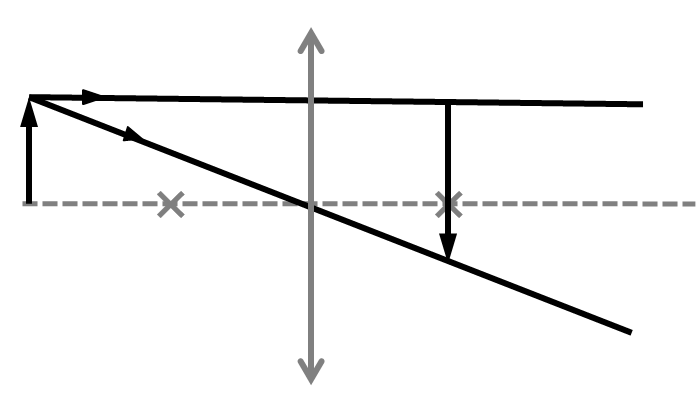
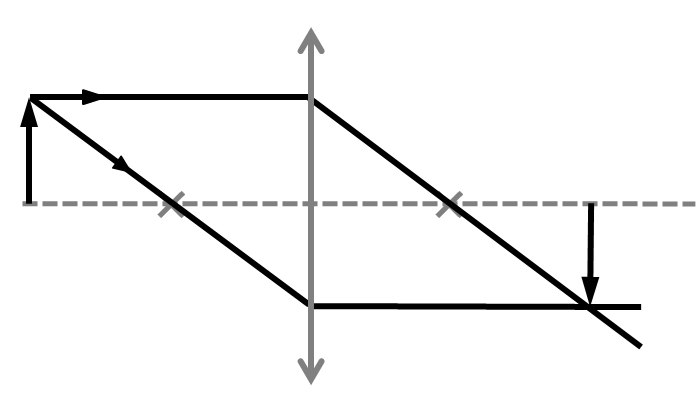
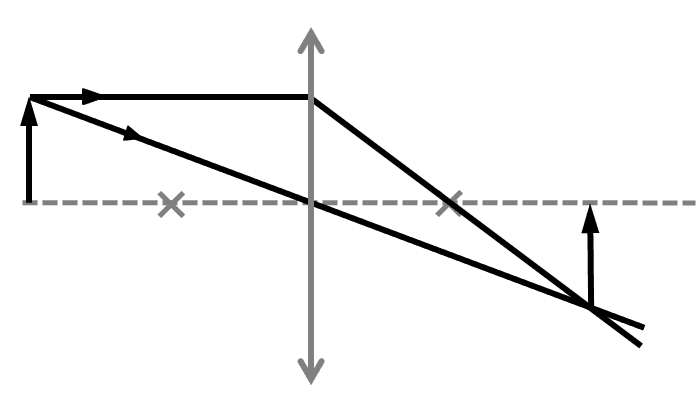
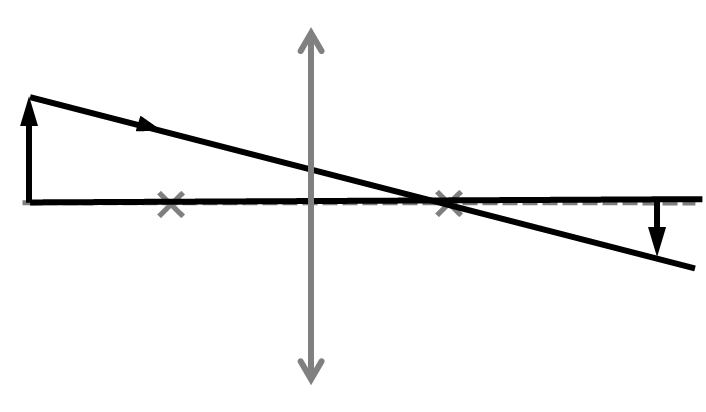
Exit quiz
6 Questions
